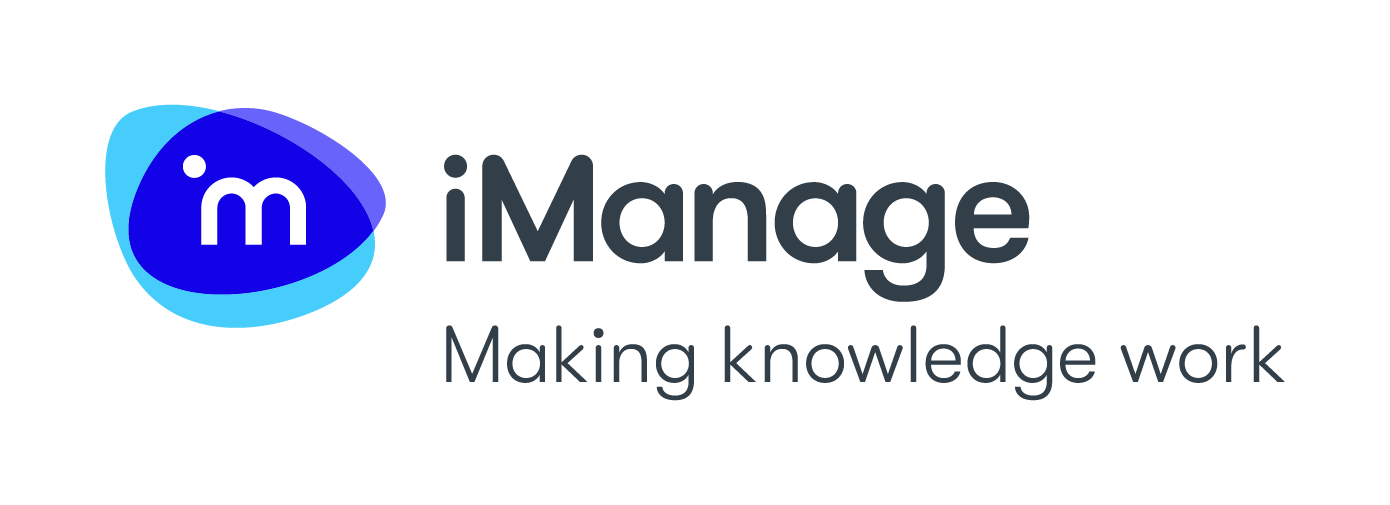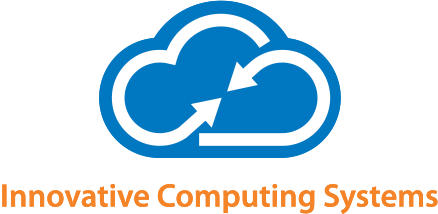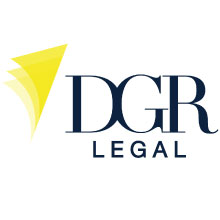By Leo F. Miller, Jr., C.I.C. and Staci Grant, RHU
Cyber Threats
At this point, everyone has heard about the WannaCrypt Ransomware attack. This ransomware attack has since infected more than 230,000 Windows PCs in 150 countries—and it will not be the last.
In a recent article from the National Law Review regarding law firm data breaches, “…hackers are becoming more creative both in their choice of victims and in how they use the information they steal, requiring companies to reconsider what type of data is prone to hacking and whether security protocols are sufficient to detect and prevent it”. Long gone are the days when smaller firms could say they are not a target; now conversations should be more about when they will be a target.
Protecting your firm does not have to break the bank, but not doing so, can. The first step for any firm is to ensure all computer operating systems are installed and up-to-date with the latest version of its chosen anti-malware and antivirus software. Beyond these initial measures, depending on your firm’s set up, restricting web access, requiring robust passwords and seeking professional guidance (either in-house or outsourced) are best practices.
The American Bar Association states, “Unfortunately, the truth remains that even if a business is vigilant about cyber-attacks and protects itself against known risks, cyber-attacks and data breaches can still occur. Cyber insurance is a way to shift a business’s unavoidable risks and provide liability coverage for data breaches.”
The insurance industry’s response to these computer-related intrusions is the ever-evolving cyber liability policy. There are several strong policies available in the marketplace. The superior policies offer up-front suggestions on risk management and crisis management when a cyber incident occurs. These policies are reasonably priced relative to the coverages, services provided and resources available to combat this real threat.
According to the Ponemon Institute, the average price for small businesses to clean up after their businesses have been hacked stands at $690,000.00; and, for middle market companies, it’s over $1,000,000.00. With those associated costs, it's no wonder why the National Cyber Security Alliance found that 60% of small companies are unable to sustain their businesses over six months after a cyber-attack.
With threats broadening and attacks increasing, consider adding a cyber policy to your firm’s business insurance portfolio. This addition will help you get ahead of a claim, as well as manage and mitigate the claim when it does occur.
Level Funding
If you desire the freedom of a self-funded insurance plan but need a little more certainty for your budgeting concerns, level funding might be an option for you. Weigh the advantages and disadvantages and decide what’s best for your company.
What is a Self-Funded Plan?
In a self-funded health plan, the employer assumes the risk and responsibility of medical claims instead of contracting with an insurance carrier to pay claims. The employer sets premium rates based on claims history and typically benefits from lower administration costs and greater flexibility both in plan design and cash flow within the business.
A self-funded plan may contract with a third-party administrator (TPA), but it is still a self-funded plan because the company is responsible for funding the claims payments. Stop-loss insurance can be obtained to pay for excessively high claims, but the employer is responsible for most of the costs, and the stop-loss insurance is simply a protection against extremely high, unpredictable claims.
Self-funded plans are not right for every company. One of the downsides to a self-funded plan is that the employer must pay out claims as they come in, leaving itself exposed to fluctuating expenses. Level funding is an option that can add predictability back into the equation if your company decides to implement a self-funded plan.
What is Level Funding?
Level funding is an option that can accompany a self-funded plan, aiding employers in their health coverage budgeting efforts. With level funding, employers pay a set amount each month to a carrier. This amount typically includes the cost of administrative and other fees and the maximum number of expected claims based on underwriting projections, as well as embedded stop-loss insurance.
The carrier facilitating the level funding will pay your employees’ claims throughout the year. At the end of the year, if your payments exceeded claims, you will receive a refund from the excess you paid in monthly claim allotments. If the claims exceeded what you paid into the program, in most cases, your stop-loss insurance will cover the overage amount.
Advantages of Level Funding
Level funding offers several advantages. Like other self-funded plans, you do not have to pay premiums that are based on community rates, which might be higher than your employee group’s risk. Instead, you only pay the actual claims and an additional administrative fee.
Another benefit of level funding is that if all the money you set aside each month to cover claims is not used, you will receive a refund at the end of the year from the surplus, instead of paying expensive premiums for a fully-insured plan and essentially using or losing that money. If you are already self-funded, then you will enjoy a more budget-friendly method of monthly claims payment, with stop-loss insurance to protect you from unexpected high costs.
Generally, the monetary advantages of level funding are that you are better able to manage your budget and prepare for claims costs. You will benefit from a smoother cash flow and not worrying that a high claim near the beginning of the year will impact your business.
Additionally, many level funding plans provide detailed reporting on utilization trends, giving you important information on where employees may be causing overspending (such as unnecessary use of emergency room visits instead of urgent care).
Another advantage of level funding is having fewer governmental regulations than fully-insured plans. Check with your legal counsel about regulatory benefits specific to your state and business.
Disadvantages of Level Funding
Although there are upsides to level funding, there are also some disadvantages. One is that, when you choose to self-fund, you are likely looking to cut costs—and with level funding, part of your monthly payment is to cover administrative fees. Depending on the plan and your other options, these fees have the potential to cut into the savings you hope to gain from running a self-funded plan. You’ll need to weigh the cost-effectiveness of administering your self-funded plan in-house, hiring a TPA or choosing a level funded option with the attached administrative fees.
Additionally, you still must pay the claims. With level funding, you’re paying for the convenience of having equal payments throughout the year and the security of stop-loss coverage.
Another challenge of level funding to consider is the terms of the contract. Make sure you understand how the contract will impact a business of your size—companies with smaller numbers of employees may benefit differently than those with larger numbers. Also, many level funding plans restrict their offerings to companies with a certain minimum or maximum number of employees, which may affect your ability to contract with your desired carrier.
Making Your Decision
Ultimately, if you want to operate a self-funded health plan, level funding is an option that must be considered against your company’s cash flow, risk tolerance, employee numbers and preferred budgeting methods.
Leo F. Miller, Jr., C.I.C. is a Partner and Staci Grant, RHU is the V.P. Benefits Division of Henry O. Baker Insurance Group. Over its 90 years, Henry O. Baker Insurance Group has worked diligently to build strong relationships with top-rated insurance carriers. As a result, the agency now provides an impressive range of quality insurance products to both individuals and businesses, designed to meet every need and budget. Leo may be reached at [email protected] and Staci may be reached at [email protected].





















